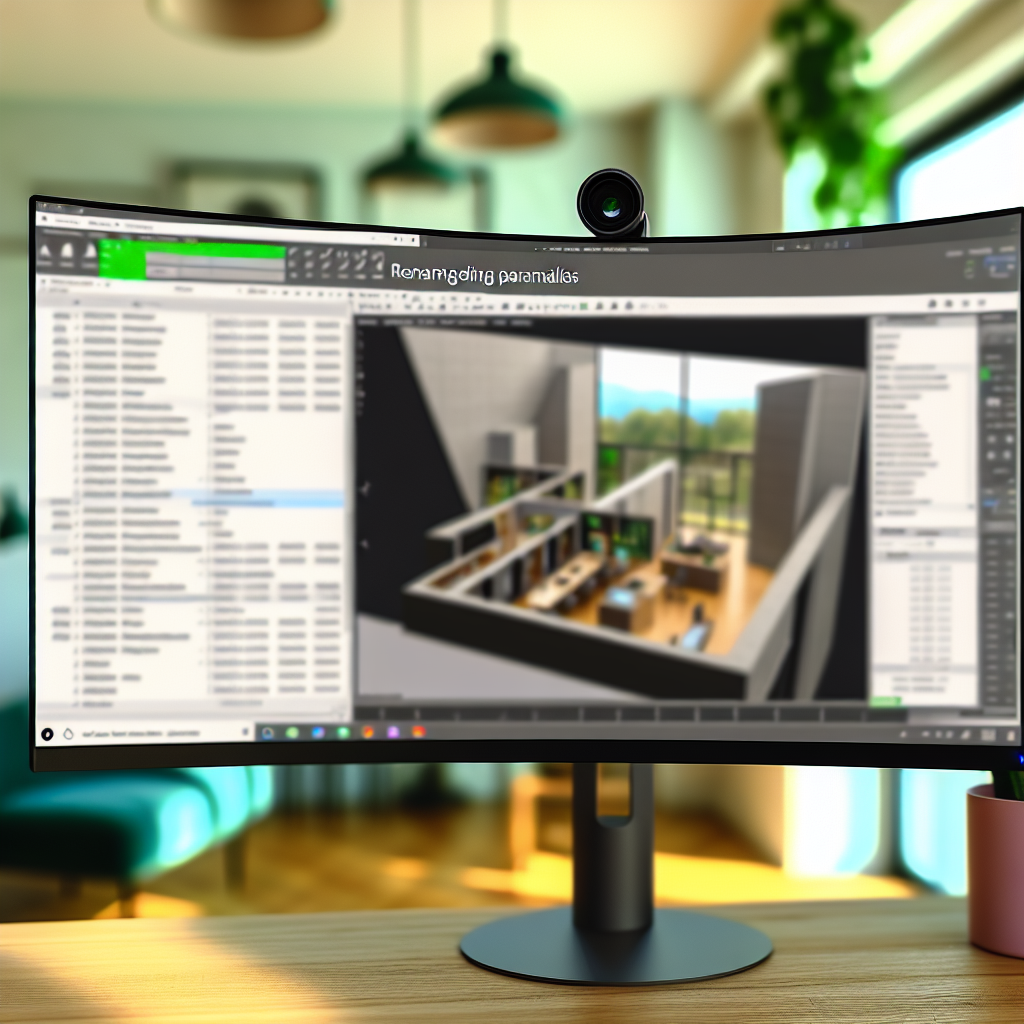Managing numerous Revit families can be time-consuming, especially when you need to update or standardize parameters across multiple instances. Learning how to bulk rename or assign instance parameters efficiently can save you hours of work and improve your project organization. In this article, we’ll explore effective methods to streamline these processes in Revit.
Understanding Revit Parameters and Their Significance
Before diving into bulk editing techniques, it’s essential to comprehend the roles of *family parameters*. Revit families utilize two main types: Type parameters and Instance parameters. Type parameters apply to all instances of a family, while instance parameters allow localized customization. Assigning consistent names and values to these parameters enhances project clarity and maintains data integrity.
When managing multiple families, manual renaming or parameter editing can be tedious. Fortunately, Revit’s built-in tools and compatible plugins enable bulk operations, making it easier to standardize parameter names or values across numerous families simultaneously.
Methods for Bulk Renaming and Assigning Instance Parameters
Using Dynamo for Automated Bulk Operations
Dynamo is a powerful visual programming tool that integrates seamlessly with Revit. It allows users to automate repetitive tasks, including bulk renaming and parameter assignment. Here’s a step-by-step approach:
- Identify the families or elements you want to modify by selecting them through Dynamo nodes.
- Access parameters programmatically by using nodes like Family Types or Family Instance Parameters.
- Create a list of new parameter names or values based on your standards or naming conventions.
- Implement a loop or map function to iterate through each family or instance and perform the renaming or value assignment automatically.
Using Dynamo significantly reduces manual effort and ensures consistent parameter updates across your project. Several tutorials are available online to help you get started with Dynamo scripts tailored for bulk parameter management.
Revit Add-ins and Plugins
While Dynamo offers flexibility, dedicated Revit add-ins such as Revit Lookup, BIMlink, or BIMotion specialize in bulk parameter editing. These tools often provide user-friendly interfaces that facilitate quick renaming and value assignment without scripting knowledge. Typically, the process involves:
- Selecting the families or elements in a dedicated interface.
- Uploading or connecting your parameter data (such as from Excel or CSV files).
- Mapping your data to the appropriate parameters.
- Executing the bulk update, which instantly propagates changes throughout your project.
Choose a plugin based on your project’s complexity, budget, and familiarity with automation tools. Always back up your project before performing bulk changes to prevent data loss or unintended modifications.
Conclusion
Bulk renaming and assigning instance parameters in Revit families are invaluable skills that greatly enhance project efficiency and consistency. Whether employing Dynamo for custom automation or dedicated add-ins for straightforward updates, these approaches streamline repetitive tasks and improve data management. With the right tools and techniques, you can manage your Revit families more effectively and focus on the creative aspects of your design work.
